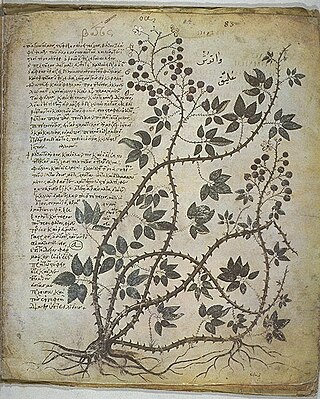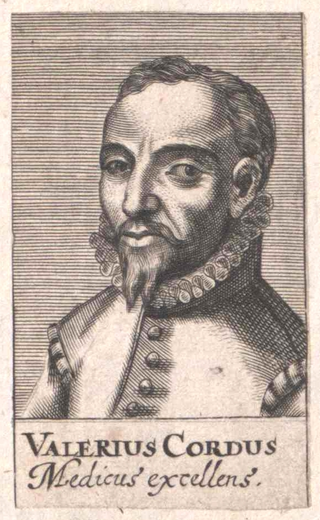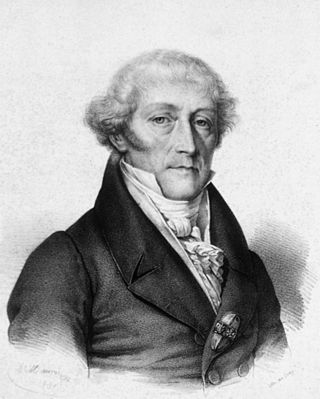Related Research Articles

Gerolamo Cardano was an Italian polymath whose interests and proficiencies ranged through those of mathematician, physician, biologist, physicist, chemist, astrologer, astronomer, philosopher, writer, and gambler. He became one of the most influential mathematicians of the Renaissance and one of the key figures in the foundation of probability; he introduced the binomial coefficients and the binomial theorem in the Western world. He wrote more than 200 works on science.

Umberto Eco was an Italian medievalist, philosopher, semiotician, novelist, cultural critic, and political and social commentator. In English, he is best known for his popular 1980 novel The Name of the Rose, a historical mystery combining semiotics in fiction with biblical analysis, medieval studies and literary theory, as well as Foucault's Pendulum, his 1988 novel which touches on similar themes.

1665 (MDCLXV) was a common year starting on Thursday of the Gregorian calendar and a common year starting on Sunday of the Julian calendar, the 1665th year of the Common Era (CE) and Anno Domini (AD) designations, the 665th year of the 2nd millennium, the 65th year of the 17th century, and the 6th year of the 1660s decade. As of the start of 1665, the Gregorian calendar was 10 days ahead of the Julian calendar, which remained in localized use until 1923.

Christian Friedrich Samuel Hahnemann was a German physician, best known for creating the pseudoscientific system of alternative medicine called homeopathy.

Materia medica is a Latin term from the history of pharmacy for the body of collected knowledge about the therapeutic properties of any substance used for healing. The term derives from the title of a work by the Ancient Greek physician Pedanius Dioscorides in the 1st century AD, De materia medica, 'On medical material'.
This article is a list of the literary events and publications in the 15th century.

Tobias George Smollett was a Scottish novelist, surgeon, critic and playwright. He was best known for picaresque novels such as The Adventures of Roderick Random (1748), The Adventures of Peregrine Pickle (1751) and The Expedition of Humphry Clinker (1771), which influenced later novelists, including Charles Dickens. His novels were liberally altered by contemporary printers; an authoritative edition of each was edited by Dr O. M. Brack Jr and others.

Pietro Badoglio, 1st Duke of Addis Abeba, 1st Marquess of Sabotino, was an Italian general during both World Wars and the first viceroy of Italian East Africa. With the fall of the Fascist regime in Italy, he became Prime Minister of Italy.

Ferid Murad was an American physician and pharmacologist, and a co-winner of the 1998 Nobel Prize in Physiology or Medicine.

Michael Ellis DeBakey was an American general and cardiovascular surgeon, scientist and medical educator who became Chairman of the Department of Surgery, President, and Chancellor of Baylor College of Medicine at the Texas Medical Center in Houston, Texas. His career spanned nearly eight decades.
The year 1651 in science and technology involved some significant events.

Valerius Cordus was a German physician, botanist and pharmacologist who authored the first pharmacopoeia North of the Alps and one of the most celebrated herbals in history. He is also widely credited with developing a method for synthesizing ether.

Ulisse Aldrovandi was an Italian naturalist, the moving force behind Bologna's botanical garden, one of the first in Europe. Carl Linnaeus and the comte de Buffon reckoned him the father of natural history studies. He is usually referred to, especially in older scientific literature in Latin, as Aldrovandus; his name in Italian is equally given as Aldroandi.

Antonio Scarpa was an Italian anatomist and professor.

Valentino Braitenberg was an Italian neuroscientist and cyberneticist. He was former director at the Max Planck Institute for Biological Cybernetics in Tübingen, Germany.

Santorio Santorio whose real name was Santorio Santori better known in English as Sanctorius of Padua was an Italian physiologist, physician, and professor, who introduced the quantitative approach into the life sciences and is considered the father of modern quantitative experimentation in medicine. He is also known as the inventor of several medical devices. His work De Statica Medicina, written in 1614, saw many publications and influenced generations of physicians.

Girolamo Scotto was an Italian printer, composer, businessman and bookseller of the Renaissance, active mainly in Venice. He was the most influential member of the firm of Venetian printers, the House of Scotto, which existed from the late 15th century until 1615. At its peak in the 1560s, the Scotto firm under Girolamo was one of the preeminent publishing firms of Europe, producing volumes on law, scholasticism, philosophy, medicine, theology, and ancient literature in addition to music. Only the firm of Gardano produced more books of music in the 16th century than the House of Scotto under Girolamo; over half of Scotto's publications, 409 out of approximately 800 in total, were books of music.
The year 1557 CE in science and technology included a number of events, some of which are listed here.

Charles Eucharist de Medicis Sajous was an American endocrinologist, laryngologist, and writer based in Philadelphia. He was a prolific writer and editor of medical textbooks and encyclopedias, and was the first president of the Endocrine Society. He held professorships at the University of Pennsylvania, Temple University, and the Medico-Chirurgical College of Philadelphia.
References
- 1 2 Grun, Bernard (1991). The Timetables of History (3rd ed.). New York: Simon & Schuster. p. 241. ISBN 0-671-74919-6.
- ↑ Grendler, Paul F. (2004). The Universities of the Italian Renaissance. Baltimore: Johns Hopkins University Press. pp. 341–342. ISBN 9780801880551.